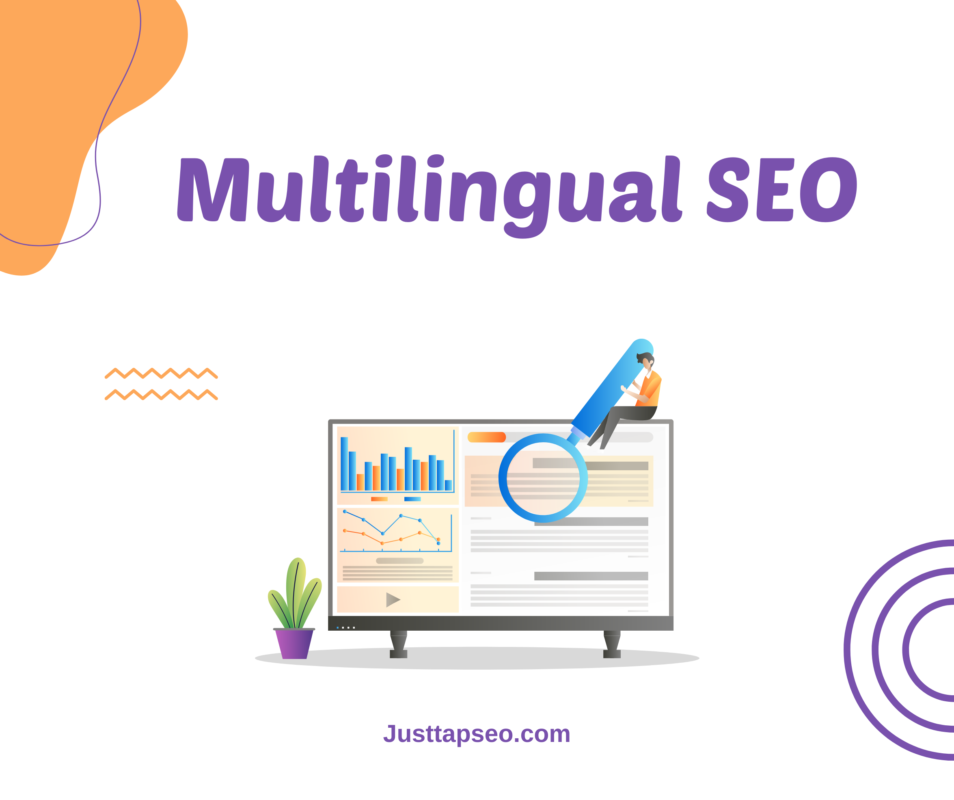In 2025, the internet is more global than ever. If your website isn’t optimized for multilingual SEO, you’re missing out on a massive audience. Whether you’re targeting English-speaking users in the USA or Mandarin speakers in China, a well-executed multilingual SEO strategy can help you rank higher, drive more traffic, and boost conversions.
This guide will walk you through the steps to optimize your website for multilingual SEO in 2024. From keyword research to technical tweaks, we’ve got you covered. Let’s dive in!
Why Multilingual SEO is Essential in 2025
The internet is no longer a monolingual space. Over 60% of global internet users browse in languages other than English. If your website only caters to one language, you’re leaving money on the table.
Multilingual SEO helps you:
- Reach a global audience.
- Improve user experience for non-English speakers.
- Boost rankings on local search engines like Baidu (China) or Yandex (Russia).
- Stay ahead of competitors who haven’t embraced multilingual SEO.
In short, if you want to grow your business in 2025, multilingual SEO is a must.
Step 1: Conduct Multilingual Keyword Research
Keyword research is the backbone of any SEO strategy. For multilingual SEO, it’s even more critical. Here’s how to do it right:
Use Localized Keyword Tools
- For English keywords, use Google Keyword Planner or Ahrefs.
- For non-English keywords, use tools like Baidu Keyword Tool (China) or Yandex Wordstat (Russia).
Understand Search Intent
Search intent varies by language and region. For example:
- In the USA, users might search for “best running shoes.”
- In China, the same search might be “最佳跑鞋” (best running shoes).
Avoid Direct Translations
Direct translations often miss the mark. Instead, focus on culturally relevant phrases. For instance, “e-commerce” in English might translate to “电商” (diàn shāng) in Chinese.
Pro Tip: Use tools like SEMrush or Moz to analyze keyword trends across different regions.
Step 2: Optimize Your Website Structure
Your website structure plays a huge role in multilingual SEO. Here’s how to get it right:
Use Hreflang Tags
Hreflang tags tell search engines which language and region your content is targeting. For example:
html
Copy
<link rel=”alternate” hreflang=”en-us” href=”https://www.example.com/us/” />
<link rel=”alternate” hreflang=”zh-cn” href=”https://www.example.com/cn/” />
This ensures users see the correct language version of your site.
Create Separate URLs
Use separate URLs for each language version, like:
- example.com/us/ for the USA
- example.com/cn/ for China
This makes it easier for search engines to index and rank your pages.
Implement XML Sitemaps
Submit separate XML sitemaps for each language version to Google Search Console and Baidu Webmaster Tools. This helps search engines crawl and index your site more efficiently.
Step 3: Localize Your Content
Localization is more than just translation. It’s about adapting your content to resonate with local audiences. Here’s how:
Use Culturally Relevant Examples
For instance, a blog post about holidays might focus on Christmas in the USA and Lunar New Year in China.
Adapt to Local Dialects
Mandarin is the official language in China, but regional dialects like Cantonese are also important.
Use Local Currency and Units
- Use USD for the USA and RMB for China.
- Use imperial units (miles, pounds) for the USA and metric units (kilometers, kilograms) for China.
Pro Tip: Hire professional translators who understand SEO to ensure your content is both accurate and optimized.
Step 4: Optimize for Mobile
Mobile optimization is crucial for multilingual SEO. Over 60% of global web traffic comes from mobile devices. Here’s how to optimize:
Make Your Site Responsive
Ensure your website adapts to different screen sizes.
Improve Page Speed
Use tools like Google PageSpeed Insights and Baidu Site App to optimize load times.
Avoid Pop-Ups
Pop-ups can ruin the mobile user experience. Use them sparingly.
Step 5: Build Local Backlinks
Backlinks are a key ranking factor for SEO. For multilingual SEO, you need region-specific backlinks.
USA
Focus on earning backlinks from reputable .edu and .gov sites, as well as industry blogs.
China
Partner with Chinese websites, forums, and social media platforms like Weibo and WeChat.
Pro Tip: Use Baidu Webmaster Tools to monitor your backlink profile in China.
Step 6: Monitor and Adjust
SEO is an ongoing process. Use analytics tools to track your performance:
- Google Analytics for English-speaking regions.
- Baidu Analytics for China.
Regularly review your rankings, traffic, and conversions. Adjust your strategy based on what’s working and what’s not.
Common Multilingual SEO Mistakes to Avoid
- Ignoring Local Search Engines: Don’t focus solely on Google. Baidu, Yandex, and other local search engines are equally important.
- Poor Translation: Avoid using automated translation tools. Hire professional translators who understand SEO.
- Duplicate Content: Ensure each language version has unique content to avoid penalties.
- Neglecting Technical SEO: Hreflang tags, XML sitemaps, and structured data are essential.
Tools for Multilingual SEO
Here are some tools to streamline your efforts:
- Google Keyword Planner: For English keyword research.
- Baidu Keyword Tool: For Chinese keyword research.
- Ahrefs/SEMrush: For competitive analysis.
- Baidu Webmaster Tools: For monitoring performance in China.
- DeepL/Google Translate: For initial translations (but always hire a professional for final edits).
Conclusion
Optimizing your website for multilingual SEO in 2025 isn’t just a nice-to-have—it’s a necessity. By conducting thorough keyword research, localizing your content, and optimizing for mobile, you can create a website that resonates with global audiences.
Remember, multilingual SEO is a long-term investment. Stay consistent, monitor your progress, and adapt as needed. With the right strategy, your website can rank high in multiple languages, driving traffic and conversions like never before.You can contact us for a multilingual SEO plan; we will handle everything for you.


















